The Best Way to Clean Your Kitchen Sink Quick and Easy
To clean a kitchen sink, scrub with baking soda and rinse with vinegar. Dry with a clean cloth.
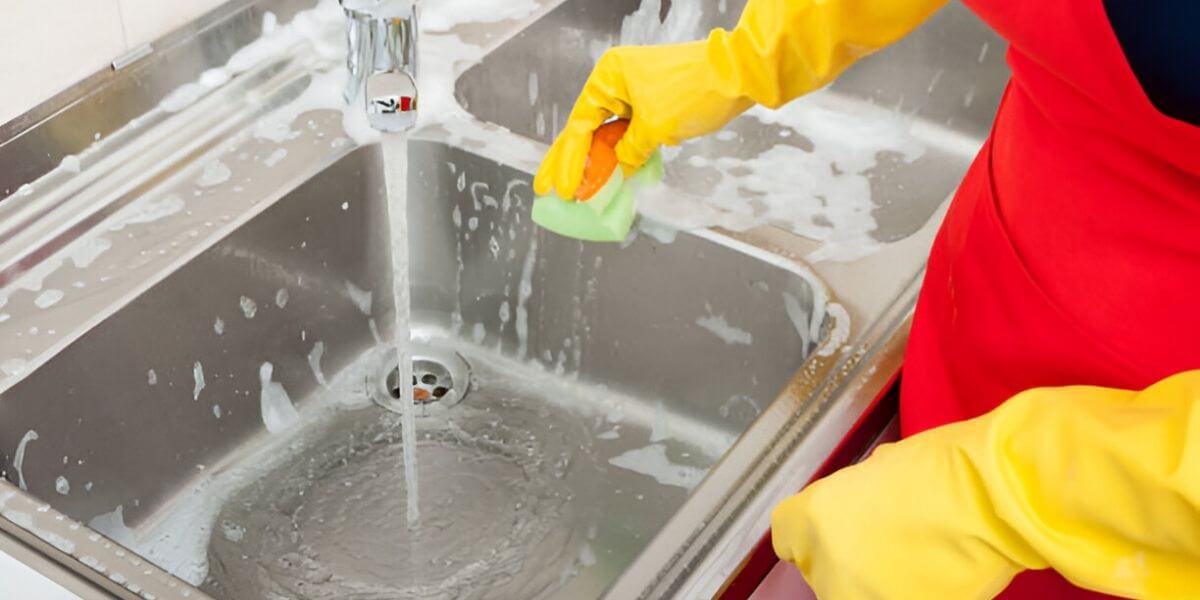
A clean kitchen sink is essential for hygiene and a nice kitchen. Cleaning often stops bacteria and bad smells. Baking soda is gentle and removes stains without harm.
Vinegar kills germs and clears leftover grime, making your sink shine. Regular care keeps your sink in great shape for food prep. Dry it after cleaning to prevent water spots and keep it shiny. A clean sink is a simple way to make your kitchen clean and valuable.
Why Cleaning Your Kitchen Sink Is Important
A clean sink keeps germs away and stops terrible smells. It also helps your kitchen stay safe for cooking. Cleaning your sink often is simple but very important.
Preventing Germs
Your sink can collect germs and dirt. Cleaning stops bacteria from spreading.
- Food bits: Tiny food pieces attract germs and pests.
- Wet spots: Bacteria proliferate in damp areas.
- Cross-contamination: Dirty sinks spread germs to other places.
Stopping Bad Smells
A dirty sink can smell bad. Cleaning it keeps your kitchen fresh and lovely.
Keeping Your Kitchen Looking Good
A clean sink makes your kitchen look better.
- Shiny sink: Clean sinks sparkle and look great.
- No stains: Regular cleaning stops tough stains.
- Sound impressions: Guests will notice your clean kitchen.
Making Your Sink Last Longer
Cleaning your sink keeps it in good shape. Dirt and grime can damage sinks over time.
Cooking Safely
Food safety starts with a clean sink.
- Sanitized sink: Cleaning lowers the chance of sickness.
- Safe food washing: A clean sink keeps fruits and veggies safe.
- Clean tools: A clean sink stops germs from spreading to utensils.
Keep Your Kitchen Sink Sparkling Clean
A clean kitchen sink isn’t just for looks—it’s essential for hygiene. It stops bacteria from building up and keeps your kitchen smelling fresh. But how often should you clean it? Here’s a simple guide:
Daily Cleaning
Cleaning your sink every day might feel like a lot, but it helps keep it spotless:
- Wipe it down: A quick wipe stops grime and germs from building up.
- Stop stains early: Regular care prevents stains from setting in.
- Food particles: Remove leftovers to avoid bad smells and germs.
Related: How to Clean Granite Composite Kitchen Sink
Weekly Deep Cleaning
Set aside time each week for a deeper clean:
- Scrub well: Use a gentle cleaner to scrub the sink.
- Disinfect: Apply a safe disinfectant to kill bacteria.
- Rinse thoroughly: Make sure no cleaner or grime is left behind.
After Heavy Use
Some events call for extra cleaning:
- Big gatherings: Clean thoroughly after dinner parties.
- Raw meat prep: Disinfect the sink to stop contamination.
- Cooking marathons: Tidy up after cooking lots of dishes.
Monthly Maintenance
Take care of tasks you might overlook during daily cleaning:
- Clear the drain: Use a safe cleaner to prevent clogs.
- Polish faucets: Shine and disinfect handles and spouts.
- Check for leaks: Inspect under the sink and clean the base.
Essential Tools for Cleaning Your Sink
The right tools make cleaning faster and easier. Here’s what you need:
Scrubbing Brushes
- Soft-bristle: Great for daily cleaning without scratches.
- Hard-bristle: Ideal for tough grime and stains.
- Bottlebrush: Reaches edges and faucet bases quickly.
Cleaning Solutions
- Mild soap: Safe for everyday cleaning.
- Baking soda paste: Scrubs away stubborn spots.
- Vinegar: A natural disinfectant that removes smells.
Microfiber Cloths
- Absorbent: Picks up water and residue quickly.
- Non-scratch: Safe for all sink materials.
- Reusable: An eco-friendly and cost-effective choice.
Sponges
- Dual-sided sponge: One side scrubs; the other wipes.
- Magic eraser: Removes marks with little effort.
- Cellulose sponge: Soaks up liquid fast for easy wiping.
Gloves
Protect your hands while cleaning:
- Latex gloves: Snug fit for precise cleaning.
- Nitrile gloves: A good choice for those with allergies.
- Reusable gloves: These last a long time and save money.
Drain Cleaner
- Enzyme cleaner: Breaks down debris naturally.
- Baking soda mix: A safe, homemade alternative.
Toothbrush
Use an old toothbrush for tight spots:
- Detail work: Perfect for hard-to-reach areas.
- Faucets: Scrubs around the base with ease.
Paper Towels
- Quick cleanup: Disposable and easy for small messes.
- Drying: Great for drying your sink after rinsing.
A clean stainless-steel kitchen sink looks great and helps maintain hygiene. Learning to clean it effectively ensures it stays spotless and shiny.
Gather Your Supplies
You’ll need a few items to get started:
- Baking soda: A natural cleaner and deodorizer.
- White vinegar: Helps break down mineral deposits.
- Dish soap: Removes grease and grime.
- Sponge or soft brush: For scrubbing without scratching.
- Microfiber cloth: Dries and polishes the sink.
Initial Rinse And Scrub
Begin by giving your sink a quick rinse. Use warm water to remove loose debris. Then, apply dish soap to a sponge and scrub the entire sink. Focus on areas around the drain and faucet where grime can accumulate.
Apply Baking Soda
Baking soda is perfect for tackling tough stains:
- Sprinkle baking soda: Covers the entire sink surface.
- Use a sponge: Gently scrub in circular motions.
- Focus on stains: Apply more pressure on stubborn spots.
Use White Vinegar
White vinegar reacts with baking soda to lift grime:
- Pour vinegar Over the baking soda-coated sink.
- Allow it to fizz For a few minutes to break down deposits.
- Rinse thoroughly With warm water to remove residue.
Clean The Faucet And Handles
The faucet and handles need special attention, too. Use a soft brush dipped in soapy water to scrub around the base and handles. Rinse and wipe with a microfiber cloth.
Final Rinse And Dry
Finish by rinsing the entire sink with warm water. Then, dry it using a microfiber cloth to prevent water spots. This will leave your sink looking shiny and spotless.
Polish For Extra Shine
For an added sparkle, polish your sink:
- Apply a few drops Of olive oil or a stainless-steel cleaner.
- Buff with a microfiber cloth: In the direction of the grain.
- Enjoy the shine: Admire your gleaming stainless-steel sink.
How To Clean A Porcelain Kitchen Sink
Cleaning a kitchen sink involves scrubbing with a mild cleaner and rinsing thoroughly with warm water. Use a soft sponge for porcelain sinks to avoid scratches and maintain shine. Regular maintenance keeps it spotless and hygienic.
Keeping a porcelain kitchen sink spotless can seem daunting, but it’s simpler. This guide will help you effortlessly maintain its pristine condition.
Related: How to Insulate Under Kitchen Sink
Gather Your Cleaning Supplies
First, you’ll need to collect all necessary items. Here’s a quick list of essentials:
- Soft sponge or cloth: Prevents scratches and preserves the finish.
- Baking soda: Acts as a gentle abrasive cleaner.
- White vinegar: Disinfects and removes stains.
- Dish soap: Cut through grease and grime.
- Lemon juice: Adds shine and a fresh scent.
Prepare The Sink
Start by preparing the sink for cleaning. Follow these steps:
- Remove all dishes: Ensure the sink is empty for thorough cleaning.
- Rinse with warm water: Loosen debris and make scrubbing easier.
- Plug the drain: This prevents cleaning agents from washing away too quickly.
Apply Baking Soda
Sprinkle baking soda generously over the sink’s surface. This mild abrasive helps lift stains without damaging the porcelain.
Scrub Gently
Using a soft sponge or cloth, scrub the sink in circular motions. Focus on stained areas to ensure they come clean. To prevent scratches, avoid using steel wool or harsh scrubbing pads.
Rinse Thoroughly
After scrubbing, rinse the sink with warm water, washing away all baking soda residue. This step is crucial for a clean, sparkling finish.
Use White Vinegar For Tough Stains
For stubborn stains, white vinegar comes in handy. Follow these steps to tackle them effectively:
- Soak a cloth in white vinegar and saturate it thoroughly.
- Place the fabric on the stained area and let it sit for 10-15 minutes.
- Wipe away the stain and use a clean cloth to remove the vinegar and stain.
Dish Soap For Daily Cleaning
Regular maintenance can keep your sink looking new. Use dish soap for daily cleaning:
- Apply a few drops of dish soap directly onto a sponge or cloth.
- Scrub the sink and focus on areas prone to grease buildup.
- Rinse with warm water to ensure no soap residues remain.
Add Lemon Juice For Extra Shine
Finish off with lemon juice for added shine and a fresh scent. Rub a lemon wedge over the sink’s surface and rinse with water.
Dry The Sink
Dry the sink after each use to prevent water spots. Wipe down the entire surface with a soft cloth. This step helps maintain the sink’s gleam.
Related: Can You Paint a Kitchen Sink
How To Clean Kitchen Sink Drains And Faucets
Scrub a kitchen sink with baking soda and vinegar, then rinse thoroughly to remove any residue. Use a toothbrush and mild soap to scrub away grime for faucets, then polish with a soft cloth.
Maintaining a clean kitchen sink is essential for hygiene and functionality. Cleaning the drains and faucets might seem daunting, but it becomes straightforward and effective with the proper steps.
How To Clean Kitchen Sink Drains
Regular cleaning is crucial to ensure your kitchen sink drains work efficiently. Here are some simple steps to keep them free of clogs and odors:
- Remove Debris: Clear out any visible debris from the sink drain.
- Boiling Water: Pour boiling water down the drain to help dissolve grease and loosen buildup.
- Baking Soda and Vinegar: Sprinkle baking soda and vinegar into the drain. Let it fizz for a few minutes.
- Plunge the Drain: Use a plunger to dislodge any stubborn clogs. Ensure a tight seal for effective plunging.
- Flush with Hot Water: Rinse the drain with hot water to wash away any remaining residue.
How To Clean Kitchen Sink Faucets
Keeping your kitchen sink faucets sparkling clean can enhance the overall look of your kitchen. Here’s how you can do it:
Start by wiping down the faucet with a damp cloth to remove surface dirt. Then, follow these steps:
- Use a Mild Cleaner: Apply a mild cleaner or soapy water to a soft cloth.
- Scrub Gently: Gently scrub the faucet, paying attention to crevices and handles.
- Rinse and Dry: Rinse with water and dry with a clean cloth to avoid water spots.
- Tackle Mineral Deposits: Using vinegar and water to tackle stubborn mineral deposits. Apply the mixture to the affected area and let it sit for a few minutes.
- Polish for Shine: Finish the faucet with a microfiber cloth for a shiny finish.
Standard Sink Cleaning Problems And Solutions
Regular cleaning makes tackling stubborn stains and odors in kitchen sinks easier. Baking soda and vinegar dissolve grime and disinfect. Rinse thoroughly and wipe dry for sparkling results.
Keeping your kitchen sink spotless can take time and effort, especially with common cleaning problems. Let’s dive into some practical solutions for these issues.
Clogged Drains
Clogged drains are a frequent issue in kitchens. Here are some simple solutions:
- Baking soda and vinegar: Pour half a cup of baking soda and half a cup down the drain. Wait 15 minutes, then flush with hot water.
- Plunger: Use a plunger to dislodge the clog. Ensure there’s enough water to cover the plunger’s suction cup.
- Boiling water: Pour boiling water down the drain to dissolve minor clogs. Repeat if necessary.
Bad Odors
Unpleasant smells can arise from various sources. Here’s how to tackle them:
- Lemon and baking soda: Sprinkle baking soda in the drain, then add lemon juice. Let it sit for a few minutes before rinsing.
- Vinegar ice cubes: Freeze vinegar in an ice tray and grind the cubes at your disposal. This cleans and deodorizes.
- Regular cleaning: Clean the sink and drain regularly to prevent odor buildup.
Stubborn Stains
Stains can mar the appearance of your sink. Here are some effective methods to remove them:
- Baking soda paste: Combine baking soda and water to make a paste. Apply it to the stain, scrub gently, and rinse.
- Vinegar soak: Pour vinegar into the sink and let it soak for 30 minutes. Scrub and rinse thoroughly.
- Commercial cleaners: Use a sink-specific cleaner for tough stains, following the product instructions.
Rust Spots
Rust can be a persistent problem in kitchen sinks. Here’s how to handle it: Rust spots can be tricky to remove. Try these remedies:
- Lemon and salt: Sprinkle salt on the rust spot, then rub it with half a lemon. Rinse and dry.
- Baking soda paste: Mix baking soda with water to form a paste. Apply it to the rust, scrub, and rinse.
- Rust remover: Use a commercial rust remover, ensuring it’s safe for your sink material.
Water Spots And Mineral Buildup
Hard water can leave spots and build up. These tips can help:
- Vinegar spray: Spray vinegar on the spots and wipe with a soft cloth. Rinse and dry.
- Baking soda scrub: Use baking soda to scrub mineral deposits. Rinse and dry to avoid residue.
- Water softener: Consider installing a water softener to prevent future buildup.
You can easily maintain a sparkling kitchen sink by addressing these common issues.
How To Keep Your Kitchen Sink Cleaner For Longer
Maintain a sparkling kitchen sink by scrubbing it with baking soda and vinegar weekly. Rinse thoroughly to prevent buildup and odors. Utilize a sink strainer to catch food particles, ensuring a cleaner, longer-lasting sink.
A clean kitchen sink is essential for a hygienic home. Regular maintenance can keep your sink sparkling and free of germs. Here’s how to ensure your kitchen sink stays cleaner for longer.
Use A Sink Protector
Placing a sink protector can prevent scratches and stains. This simple addition can make a big difference.
- Protects the surface: Prevents damage from pots, pans, and utensils.
- Keeps debris away: Stops food bits from clogging the drain.
- Easier to clean: Can be removed and cleaned separately.
Rinse After Each Use
A quick rinse can prevent buildup. This habit ensures that grime and food particles don’t settle.
Wipe Down Daily
Wiping the sink daily can maintain its shine. Use a microfiber cloth for the best results.
- Microfiber advantages: Absorbs water and picks up residue effectively.
- Prevents stains: Stops water spots and soap scum from forming.
- Quick and easy: Keeping your sink looking new takes only a minute.
Avoid Harsh Chemicals
Stick to mild cleaners. Harsh chemicals can damage the sink surface and pose health risks.
Clean The Faucet And Handles
Remember the faucet and handles. These parts can harbor bacteria and grime.
- Regular attention: Clean these areas at least once a week.
- Use mild soap: Gentle cleaners can remove buildup without harming the finish.
- Shine and polish: Buff the handles and faucet for a sparkling look.
Use Baking Soda And Vinegar
Baking soda and vinegar can work wonders. These natural cleaners are effective and safe.
- Baking soda benefits: Scrubs away grime without scratching.
- Vinegar power: Dissolves hard water stains and kills bacteria.
- Easy mixture: Combine them for a powerful cleaning solution.
Dry The Sink After Use
Always dry your sink after using it. This simple step can prevent water spots and mineral deposits.
Address Stains Immediately
Tackle stains as soon as they appear. Quick action can prevent long-term damage and discoloration.
- Act fast: The quicker you clean, the easier it is to remove stains.
- Use appropriate cleaners: Choose products suitable for your sink material.
- Prevents permanent marks: Keeps your sink looking new and fresh.
Frequently Asked Questions
Clean your sink every day to remove germs. Deep clean it once a week to stop stains and bad smells.
Scrub it with baking soda and water. Rinse with warm water. Wipe it dry with a soft cloth for a shiny finish.
Yes, you can use vinegar. It removes stains, smells, and germs. It’s safe and works on most sinks.
Clean your sink every day. Pour baking soda and vinegar into the drain. Remove food scraps right away.
You’ll need a brush, soap, baking soda, cloths, and gloves. These tools make cleaning safe and easy.
Conclusion
A clean kitchen sink enhances your cooking space and hygiene. Regular maintenance keeps it sparkling and functional. Remember to use gentle cleaners and avoid harsh chemicals. Following these simple steps ensures a spotless sink. Enjoy a fresh, clean kitchen every day with minimal effort.
Happy cleaning!
Related Posts
-
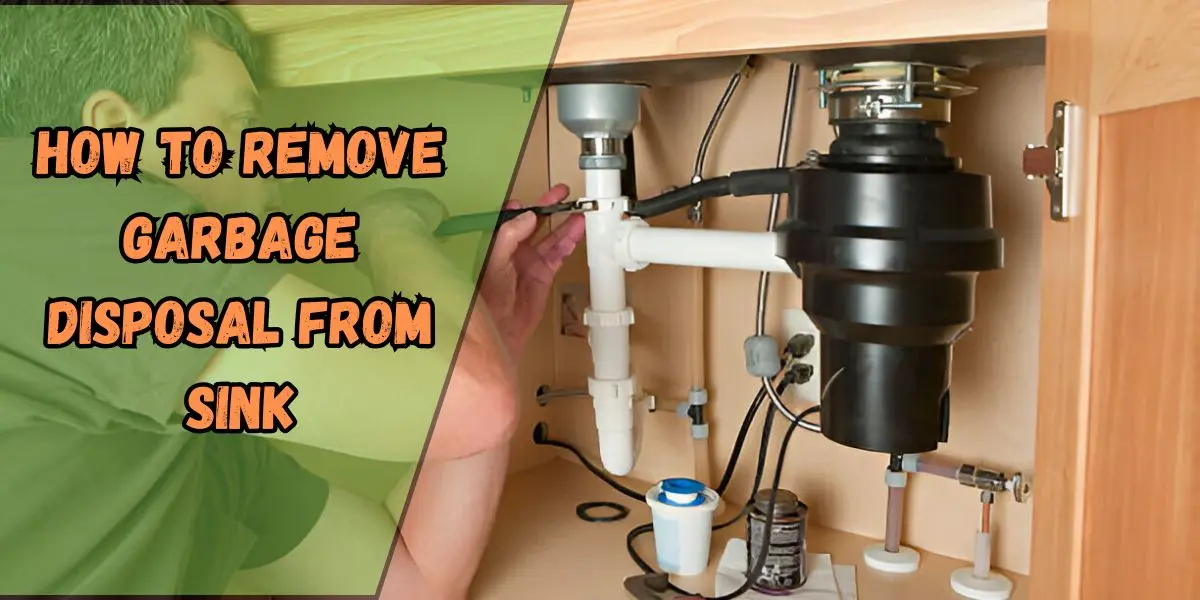 Learn How to Remove Garbage Disposal From Sink 2025
Learn How to Remove Garbage Disposal From Sink 2025 -
 How to Install a Kitchen Sink Sprayer in Simple Steps 2025
How to Install a Kitchen Sink Sprayer in Simple Steps 2025 -
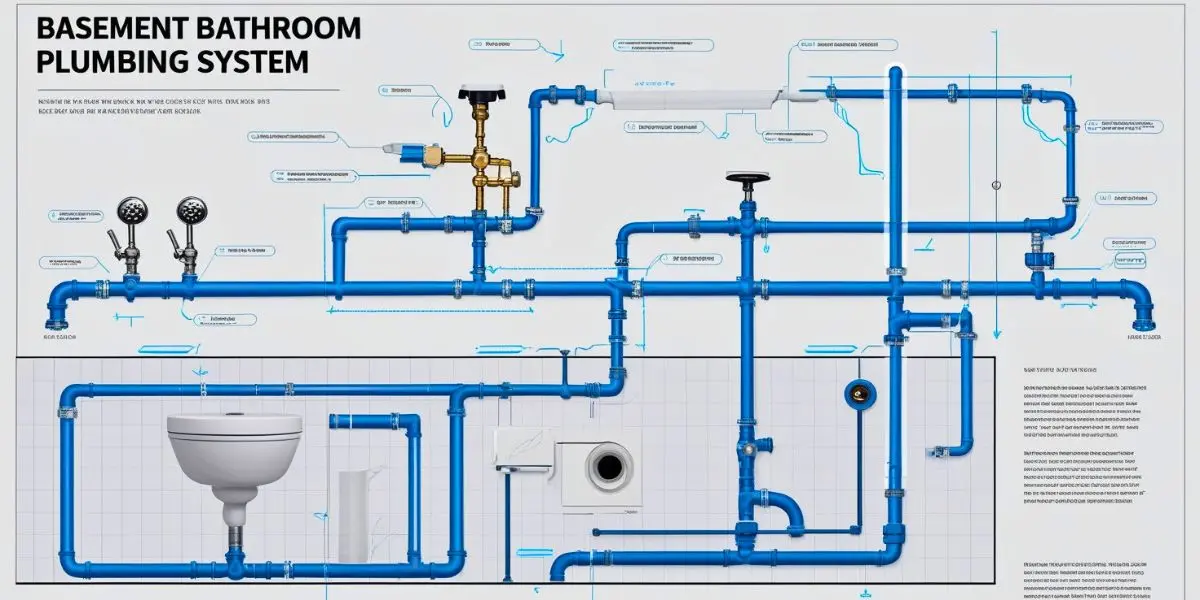 Simple & Effective: Basement Bathroom Plumbing Diagram
Simple & Effective: Basement Bathroom Plumbing Diagram -
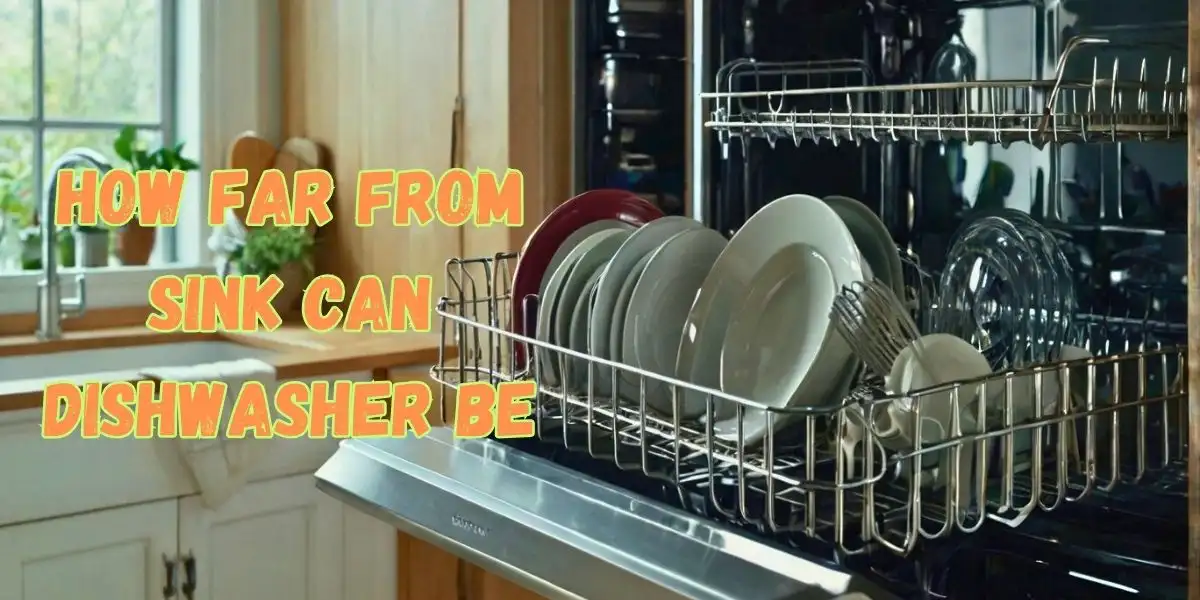 How Far from Sink Can Dishwasher Be? Key Facts Explained
How Far from Sink Can Dishwasher Be? Key Facts Explained -
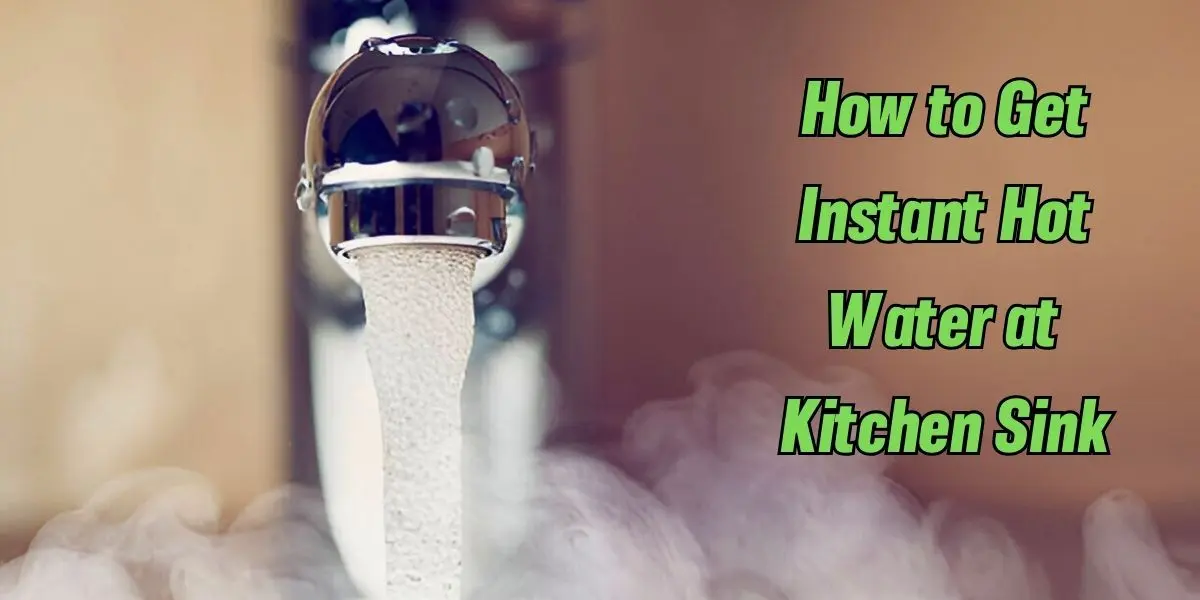 How to Get Instant Hot Water at Kitchen Sink
How to Get Instant Hot Water at Kitchen Sink -
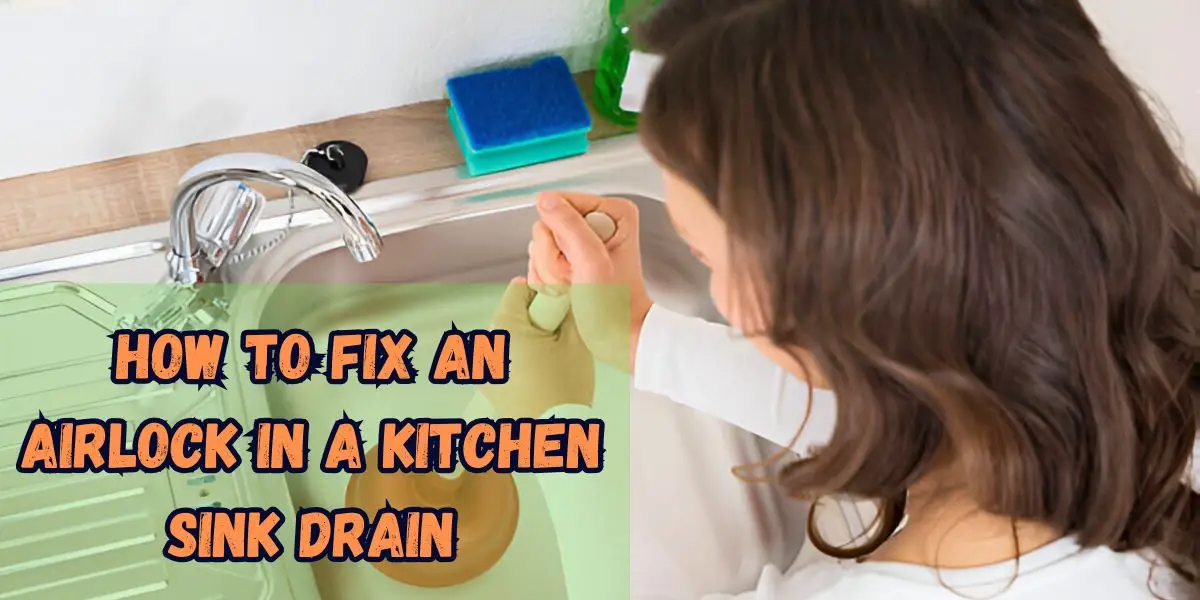 How to Fix an Airlock in a Kitchen Sink Drain: A Step-by-Step Guide
How to Fix an Airlock in a Kitchen Sink Drain: A Step-by-Step Guide -
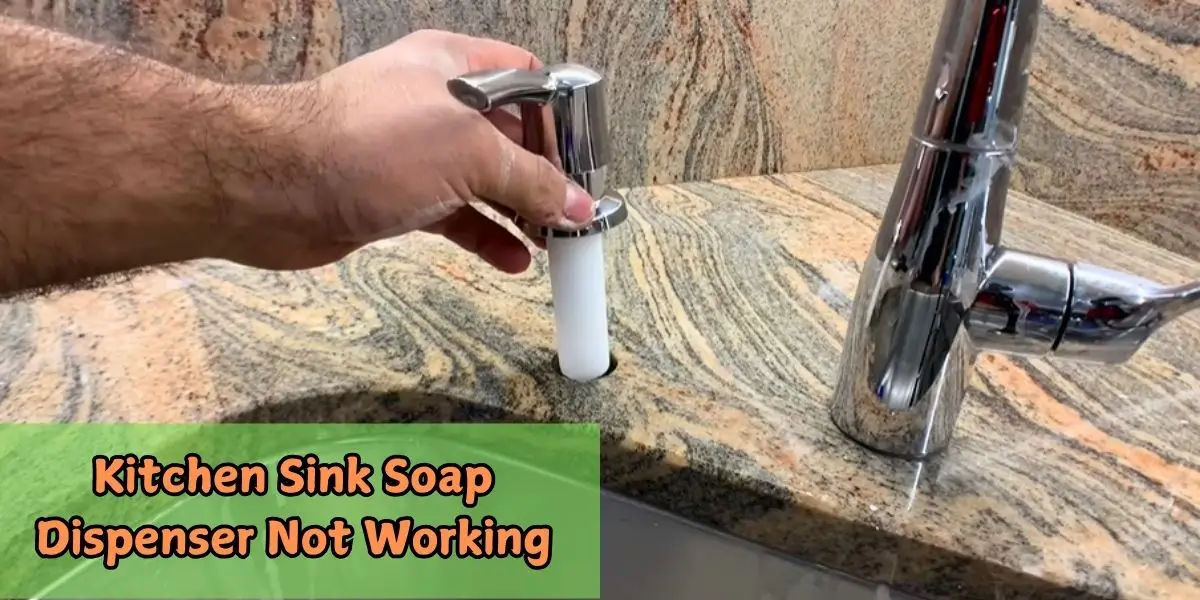 Kitchen Sink Soap Dispenser Not Working? Here’s How to Fix It
Kitchen Sink Soap Dispenser Not Working? Here’s How to Fix It -
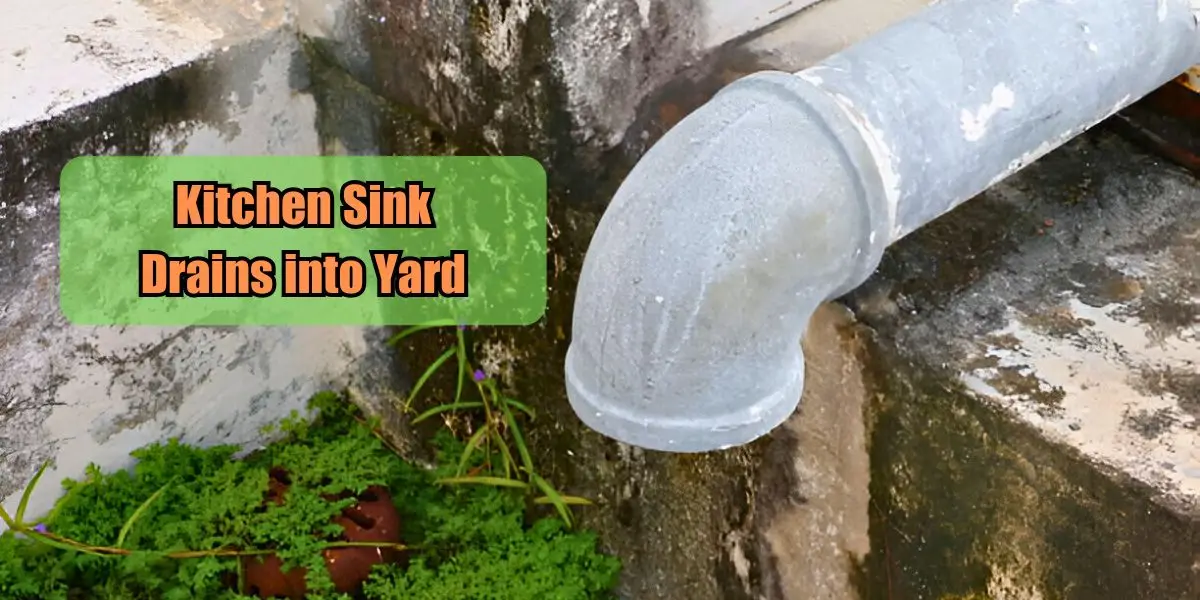 Kitchen Sink Drains into Yard: Causes, Solutions
Kitchen Sink Drains into Yard: Causes, Solutions -
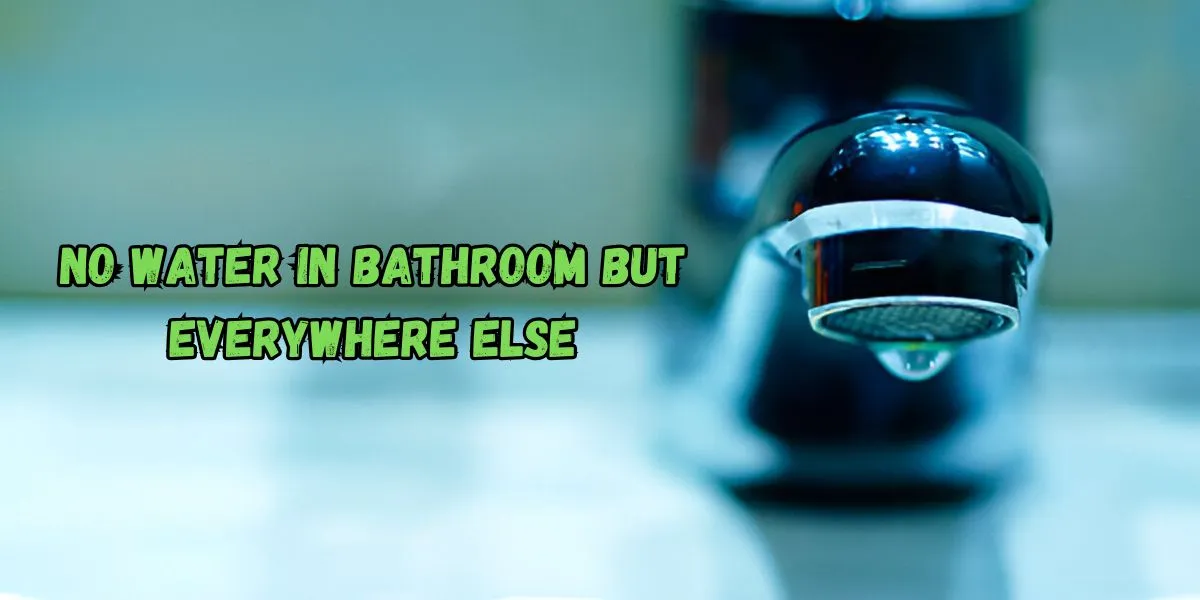 No Water in Bathroom but Everywhere Else: Expert's Solutions
No Water in Bathroom but Everywhere Else: Expert's Solutions -
 Double Kitchen Sink Plumbing Diagram: A Visual Guide
Double Kitchen Sink Plumbing Diagram: A Visual Guide

